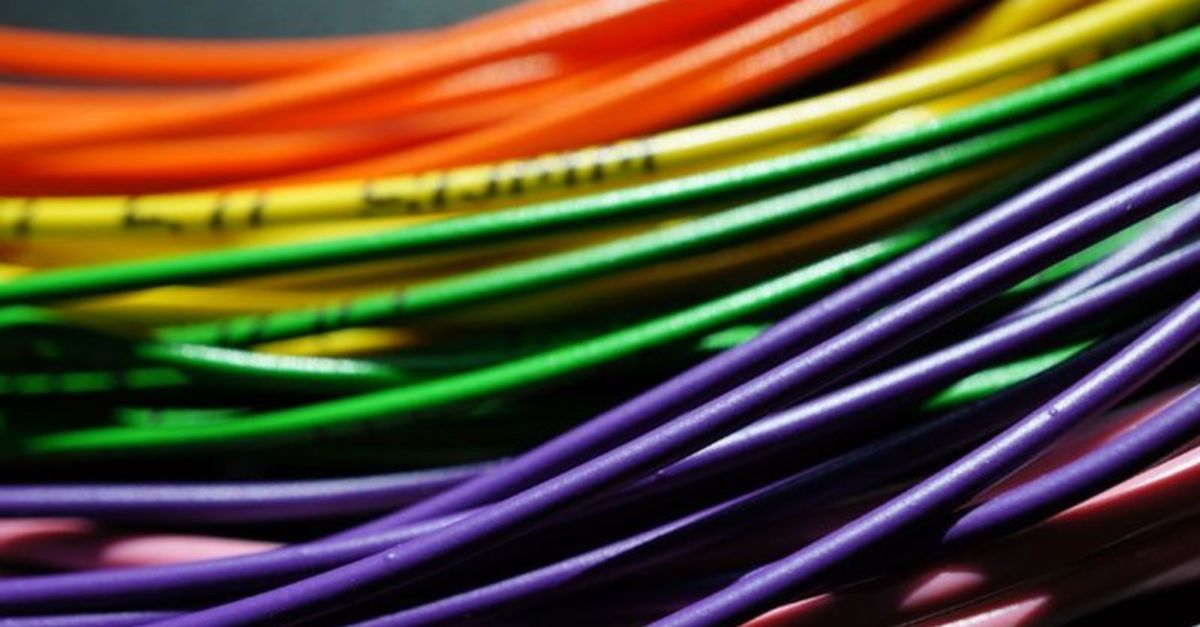CABLE RECYCLING

While all kinds of waste cables are electronically expired cables, they are taken to various recycling lines by correct classification. At the cable recycling facility, all cables are received, divided into two as cables containing dangerous substances and cables without dangerous substances, and all storage processes are completed here.
This scrap cable waste, which is a kind of electronic waste, enters the process of being stored in the field together with the radiation measurements within the facility. With cable breaking machines, all cables with long lengths are reduced to short lengths by going through the breaking processes in a practical way. At this stage, peeling machines are used to separate the outer plastic from the inner part on the recycling plant, and the inner - outer materials are separated with the peeling machine.
After the cable stripping process is completed, the recycling of the scraps is completed, separated from the rubber and plastic at this stage. In these cable wastes, the inner and outer parts of which are separated from each other, the outer part is broken together with our crushing machine in order to be sent for recycling.
These cables, which are broken at the point of recovery of the scrap cables, are then sent for recycling. It enables the separation of the copper or plastic part, which we describe as electronic waste, with the help of sieving machines. While the cable is recovered, the sieving machine performs the spraying process, and at the same time, it is ensured that the plastics and copper are sent for recycling separately in the form of burrs.
Scrap cables have a structure that is divided into two as efficient and low efficiency. The plastic - rubber part and the copper part are separated in the cable stripping machine and the cables are stripped in accordance with recycling. Due to the low efficiency of the scrap cable of the charger cable or electronic devices, processes such as sending them directly to the cable breaking machines and separating them for recycling are applied.
With the completion of this and similar processes, cable recycling is completed and stored in the facilities where preliminary preparation and subsequent processes are completed in accordance with recycling. All cables that have passed through the existing stages are applied together with the most suitable cable breaking – recycling stages.

What is the Importance of Cable Recycling?
Recycling, which is found in all areas of life, has become more popular in recent years. Recycling of cables that go through various processes and are used by separating from each other is very valuable and important. In the cable recycling line, all scrap cable types are recycled and offered for reuse, avoiding high costs with the most accurate applications. While high quality is sought in the recycling lines, it is converted to reuse at the best level to be put into service at world quality standards.
Waste Cable Recycling
Cables that provide electrical energy, together with their coatings such as PVC and plastic, are classified as scrap cables or waste cables after a while. Cables consist of various wires both for protection and to provide the best conductive properties. These wires, which are made of both copper and silver wires, along with PVC and various plastics, are among the wastes and are widely used.
Today, with the wires being classified as waste, cables are reused in various fields by being included in the factory processes according to their useful life at the recycling point. These recycled waste cables are generally preferred as both telephone and internet transfer cables in the IT world, white goods, and local Telecom networks. While it is a dangerous process to reach the copper and aluminum inside by burning plastic in many respects from the past to the present, it is now widely preferred to use both the plastic types on it and the other wires such as copper, silver or lead in it.
When it is desired to create a long-lasting recycling line without harming the environment, at the point of recycling the scrap cables, the separation of the outer surface and the inside of the cables can be done together with the machines. In this way, both a stronger economy and an increase in recycling rates prevent the contamination of nature with more dangerous substances in the form of waste.
Plastics on the cable are peeled off and preferred together with copper and aluminum cables, which are of great importance both in terms of industry and economy. When this is the case, most of the cables that reach the recycling area are sent for recycling and used in order to contribute to the economy in the best way.


